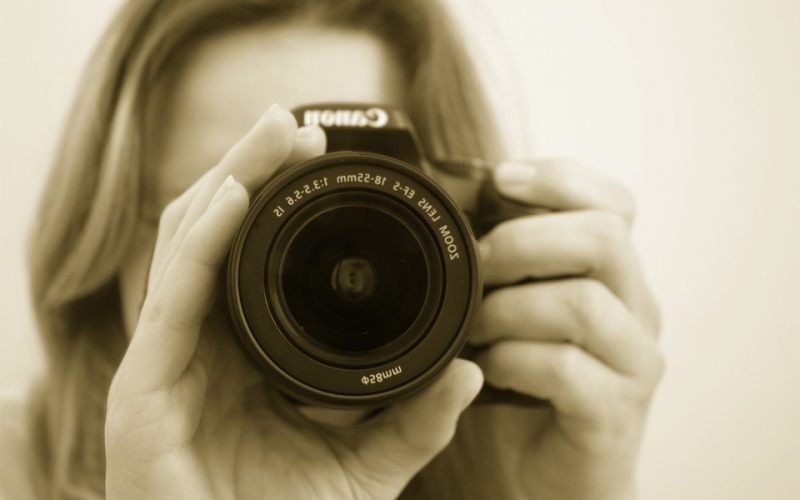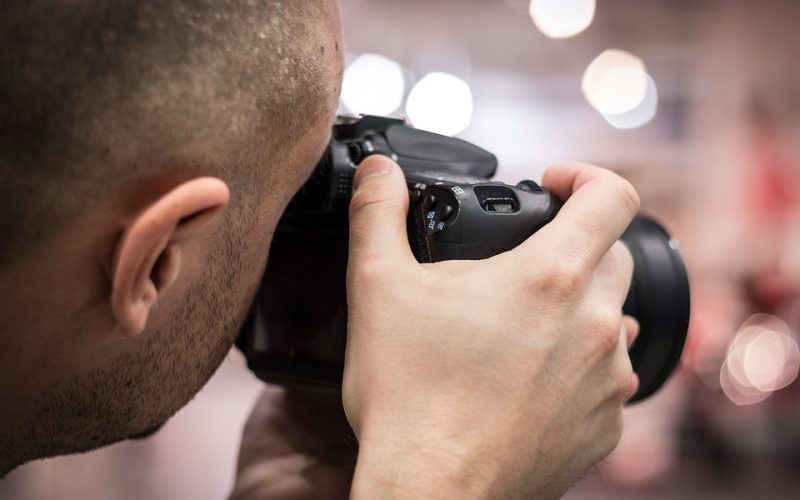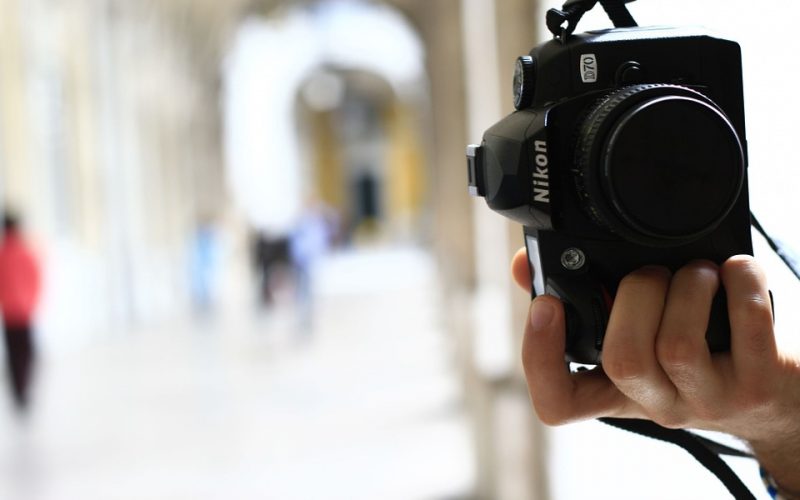Quality As Opposed To Quantity
Digital devices have mushroomed over the past decade. There are phones, tablets, laptops and even digital cameras that can all upload to the internet. They no longer require wires, especially in areas with heavy Wi-Fi coverage. It is as if magic has been added to the atmosphere in the digital age. Press a button, and photos travel the world in a stream of electrons. Quantity is assured as long as people keep taking photos and stay connected.
The question of quality images being spread all over the world is an issue that has yet to be addressed formally. While anyone can take and upload an image, does it really count if it is not good enough for their friends and family to share with others? Quality may not be to professional standards, but people know what they like. If an image touches them either with beauty or emotion, chances are they will share it. Quality is being redefined by the masses, not the professionals.
Professional photographers are those individuals who have an eye for what the camera will capture as truly memorable or unique. Some of the best photographs take elaborate set-up and are serious work. Other photographs, just as good and memorable, are those captured without any preparation. Even with in-depth knowledge, preparation and a keen eye, many photographers will admit that sometimes luck plays a part in getting a one-in-a-million shot. It does not lessen the value of the photo, or diminish the story told by it. This same luck can happen to anyone with a digital camera.
The internet and the digital camera devices on the market are changing photography at a breakneck pace. While quantity may still be winning out over quality, a balance will eventually be struck between the two. This is the nature of the internet and the changes it brings to modern life. Balance may only come after many wide swings to extremes, but the digital world of photography will continue to amaze the world with original and meaningful images that still share a thought, tell a story or share information between people.














